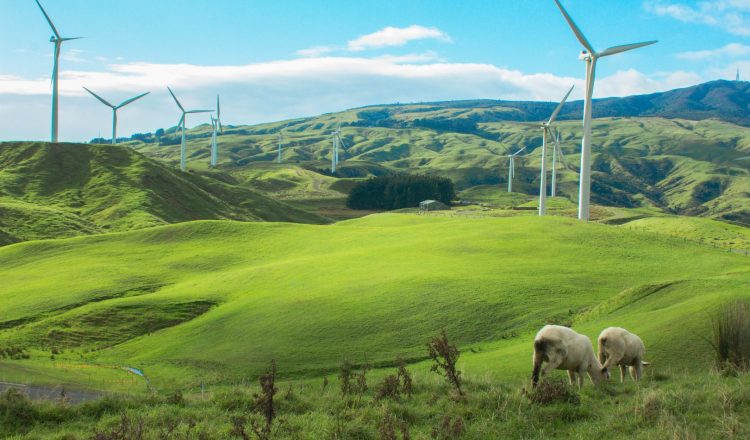전기와 가스
뉴질랜드 전기는 수력 발전, 지열 발전, 그리고 최근에는 풍력 발전에 많이 의존하므로 상대적으로 깨끗하고 풍부합니다.
전기 플러그
뉴질랜드 전원 콘센트는 세 개의 납작한 핀이 달린 전기 플러그를 사용합니다. 그 중 하나는 접지핀입니다. 일부 전원 플러그에는 접지핀이 없지만 사용하는 데에는 지장 없습니다. 뉴질랜드의 전력은 최소 230-240V 및 50Hz의 전압으로 공급됩니다.
가스
많은 가정에서는 조리, 온수, 난방을 위해 가스를 사용합니다. 북섬에 위치한 일부 천연가스 지역에서는 가정으로 파이프를 연결하며, 다른 지역에서는 LPG(액화석유가스)를 가스통에 담아 사용합니다.
가스는 원래 냄새가 없기 때문에 가스업체가 냄새를 넣어 가스누출 시 이를 즉시 알 수 있도록 합니다. 뉴질랜드의 천연가스 냄새는 한국에서의 가스 냄새와 다를 수 있습니다.
공급업체
뉴질랜드에는 수많은 전기 및 가스 소매업체가 있으며, 다양한 요금제를 선택할 수 있습니다.

















































